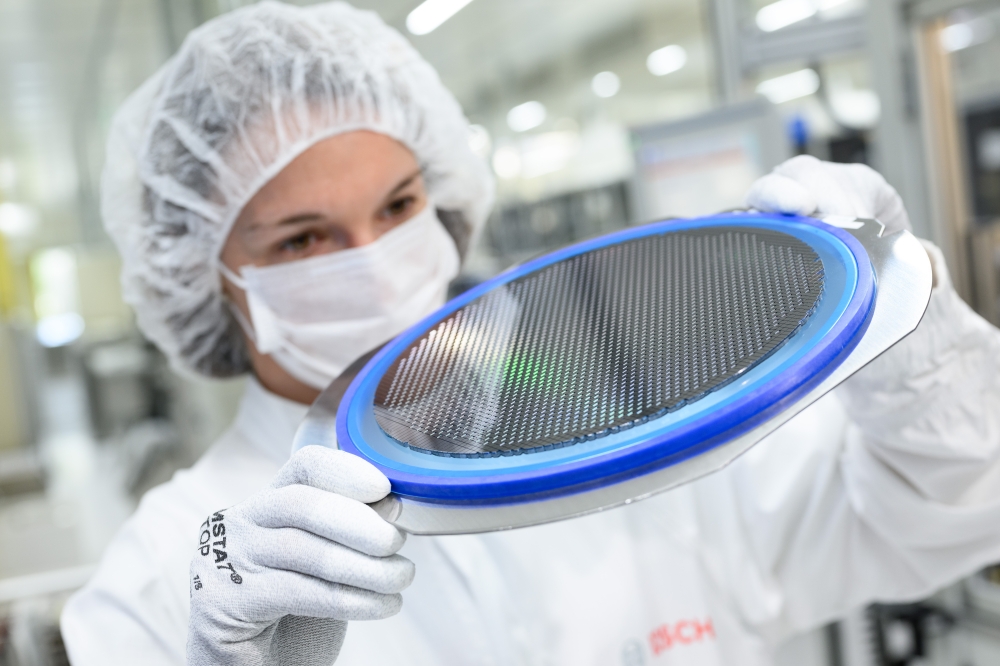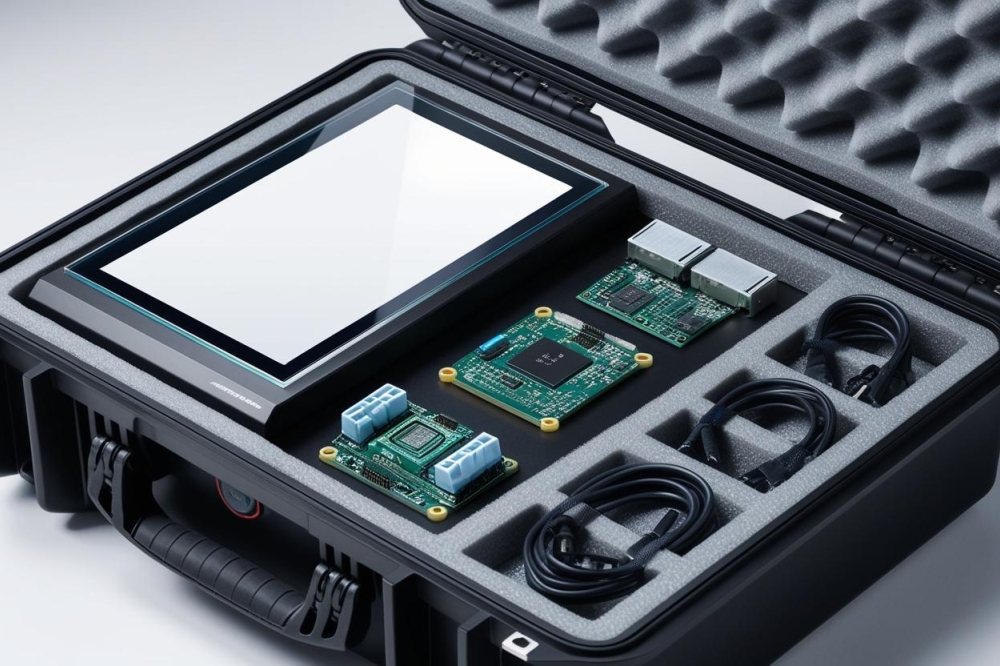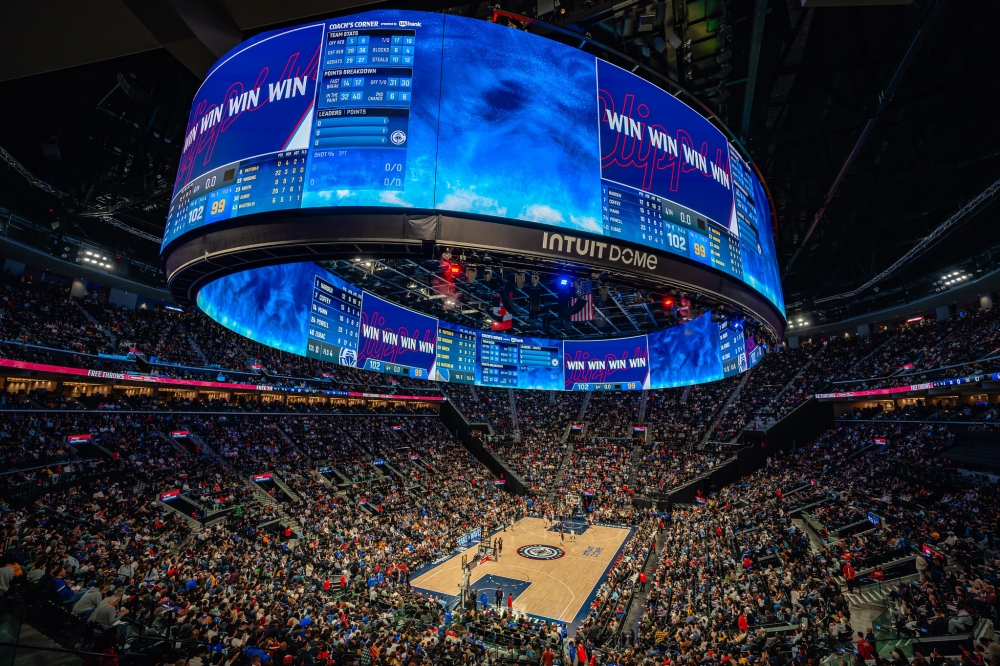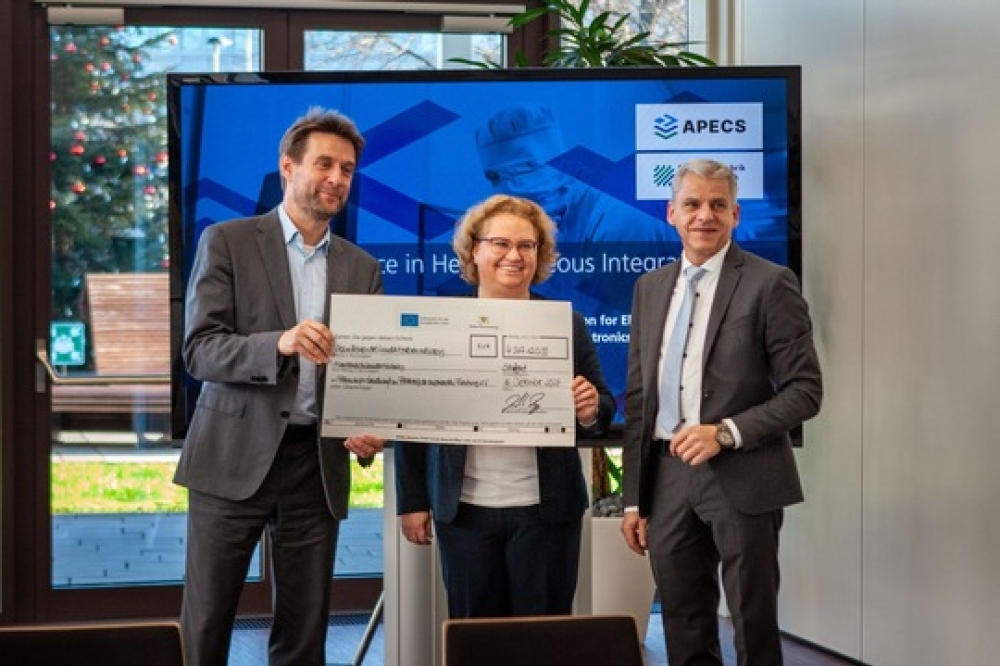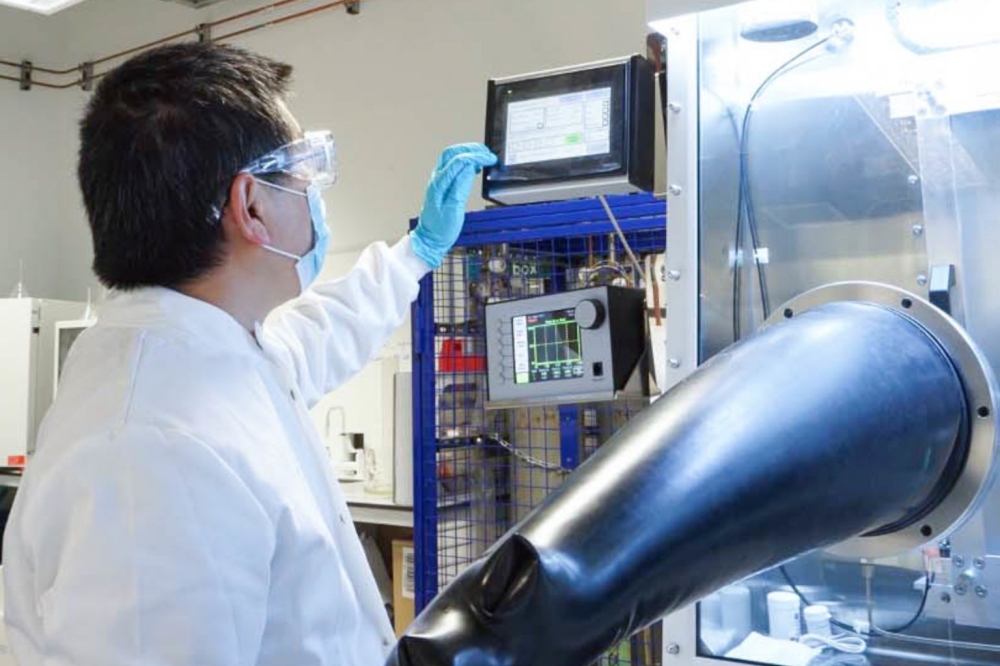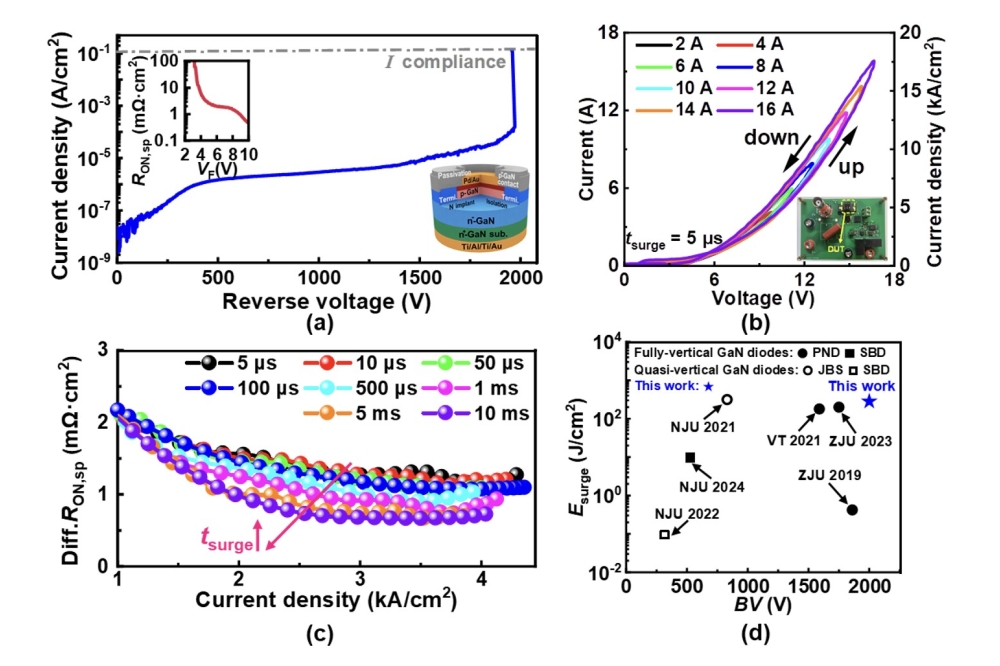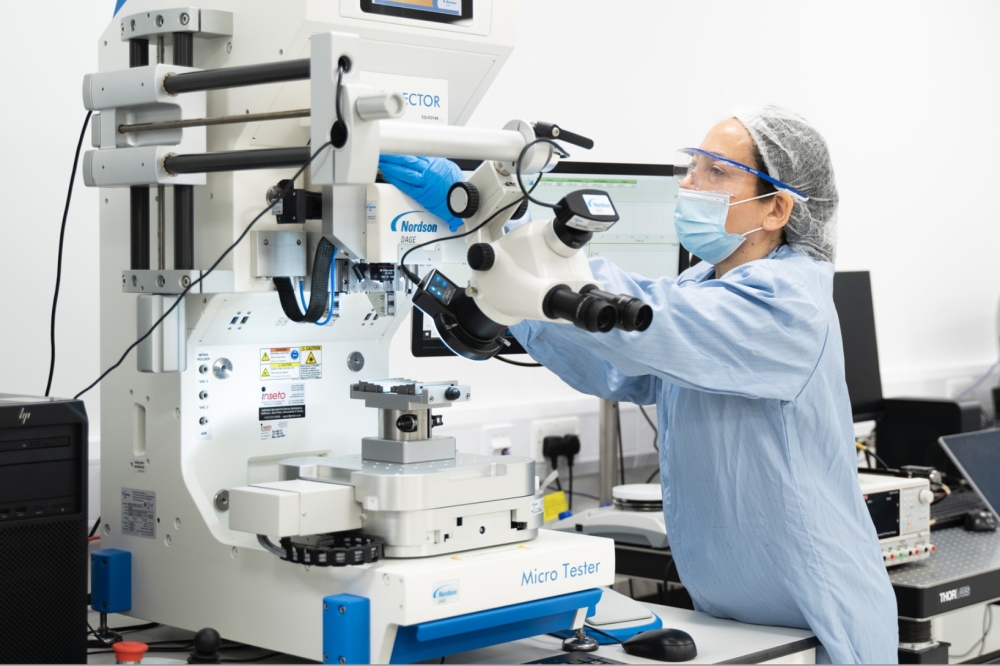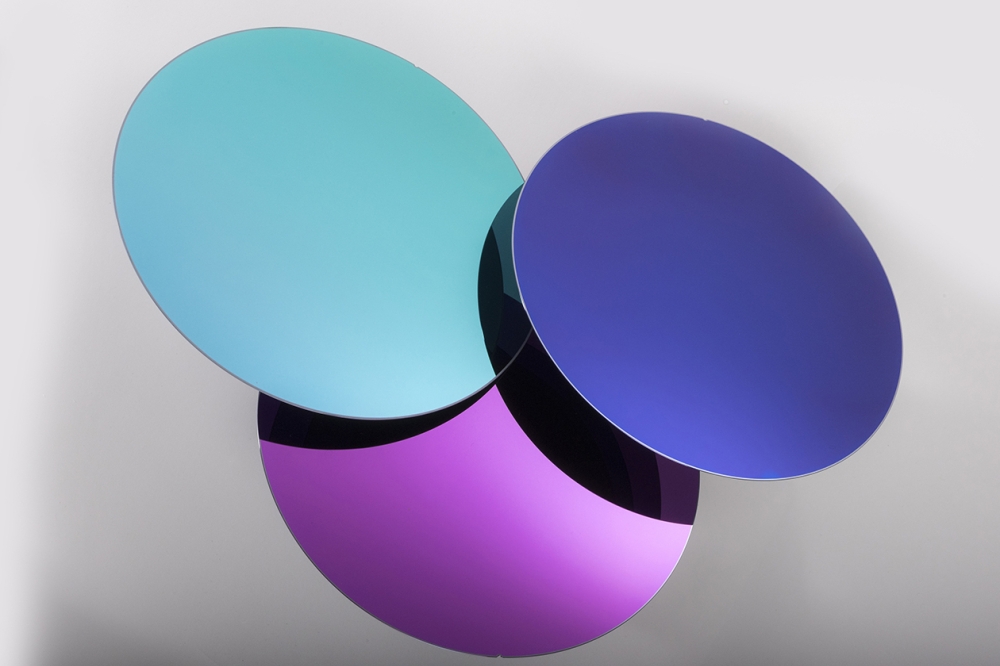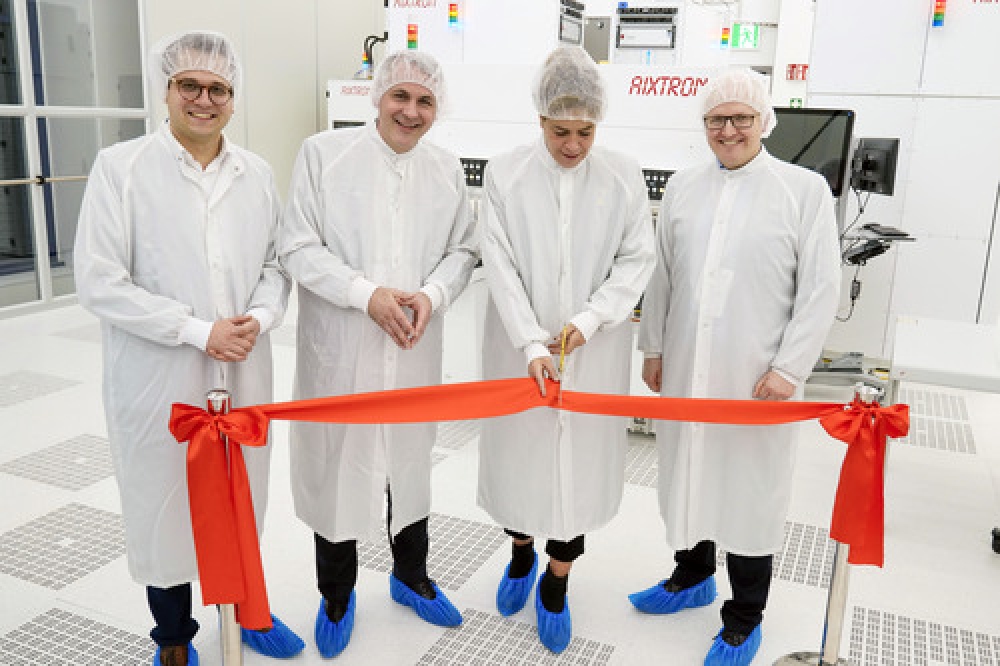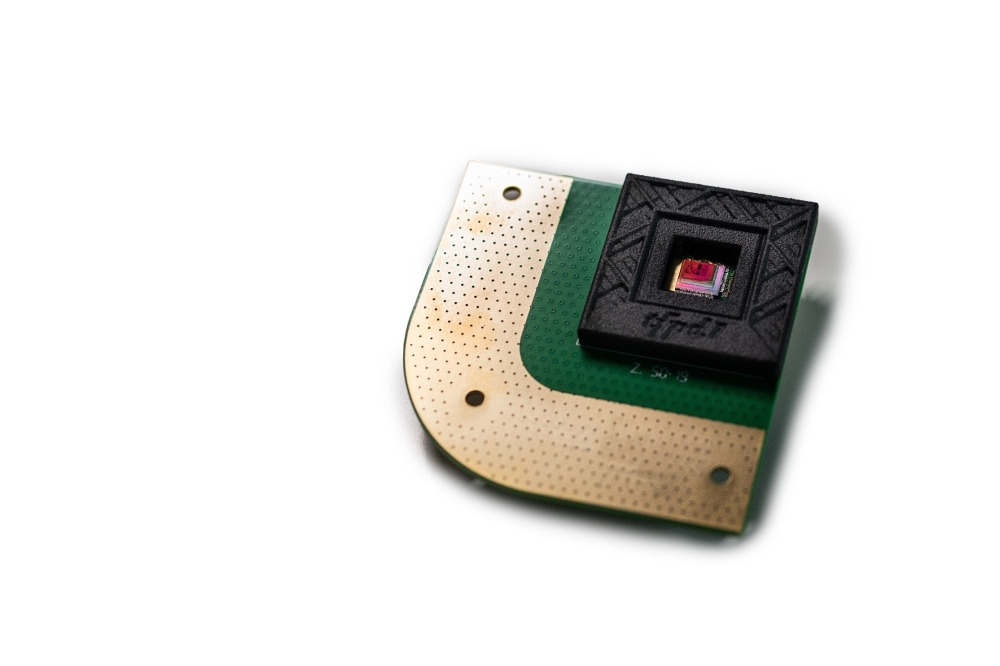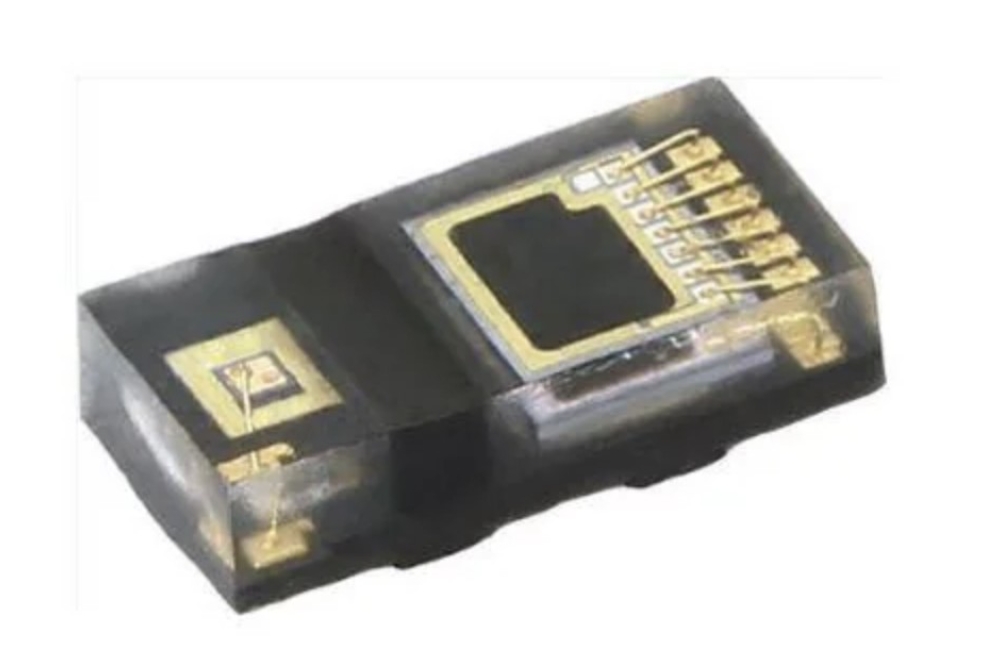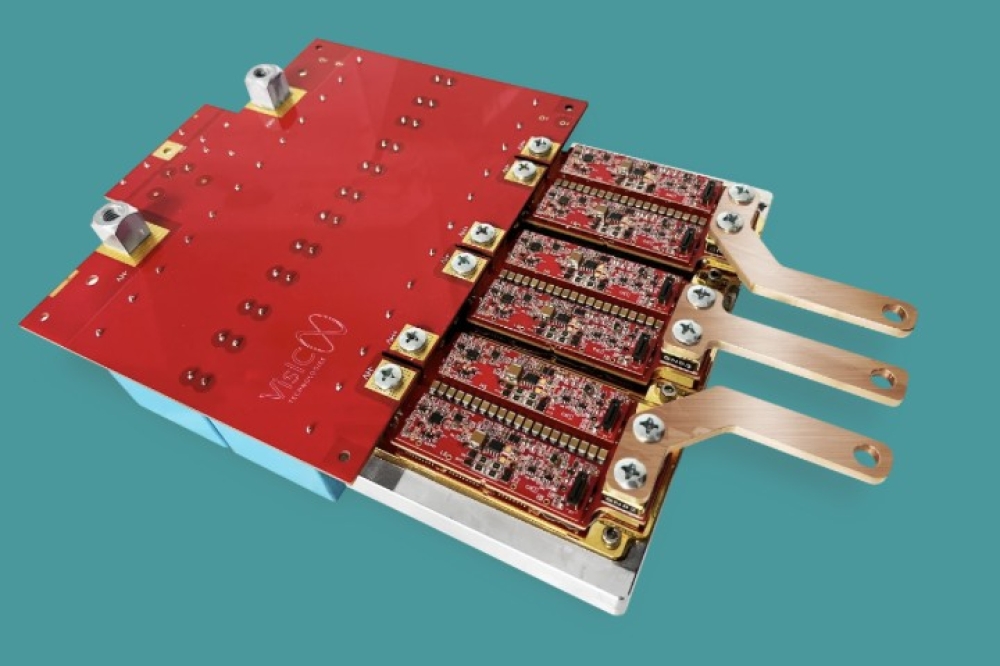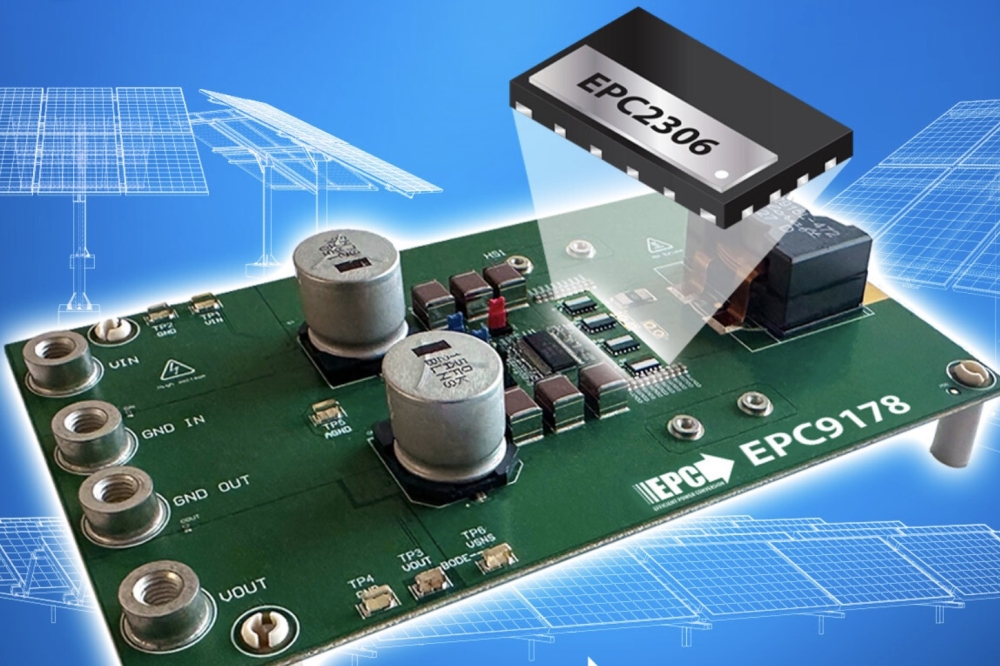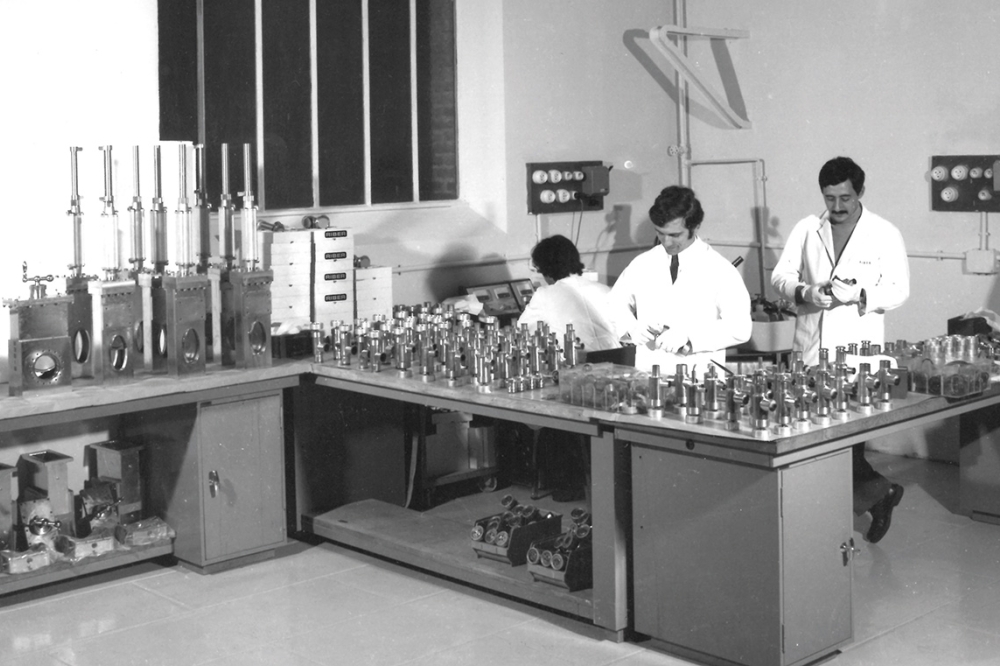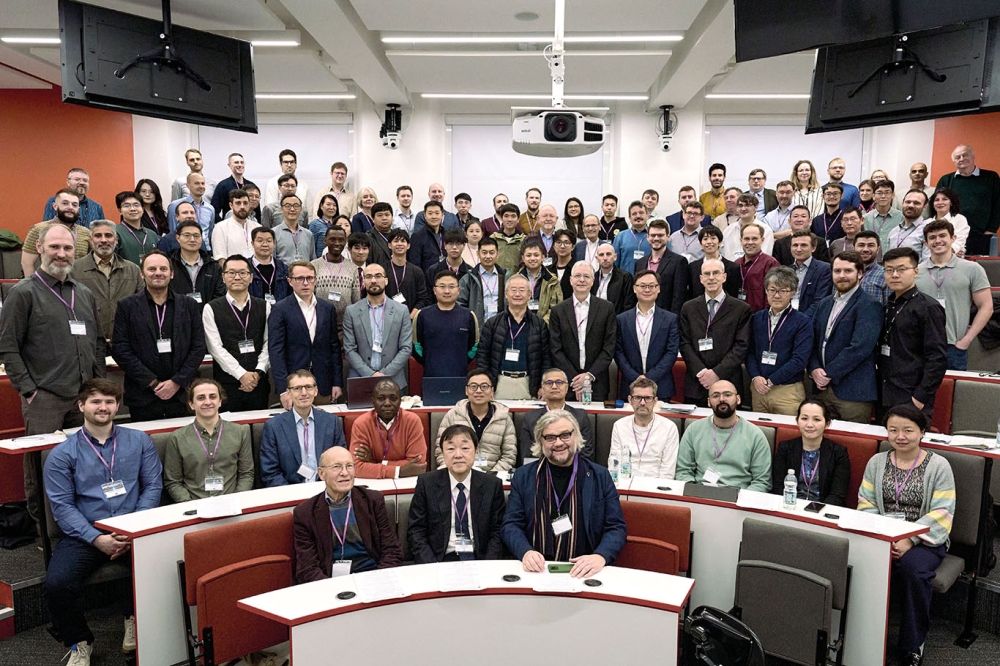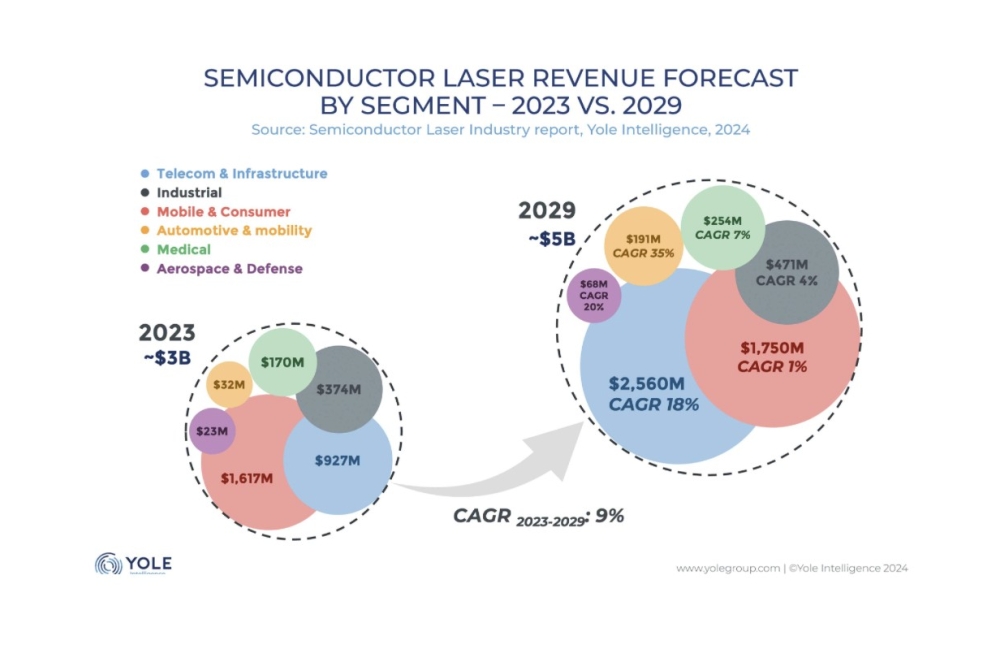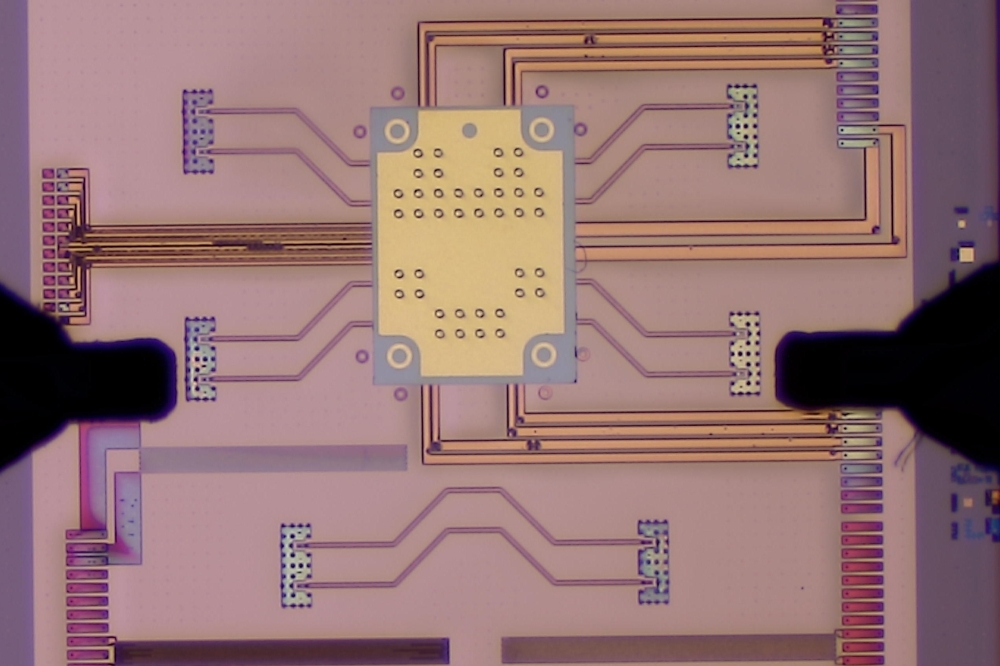Gentex LED Technology Update
Zeeland, MI.
Gentex Corporation (Nasdaq: GNTX) today provided an update detailing commercial and technical advancements with its revolutionary light-emitting diode (LED) technologies. The update addresses the Company s two most notable LED technologies made public to date: 1) Binary Complementary White (BCW) LED illumination technology, which has been market-proven in over two years of production, and 2) the newly-named Orca(TM) high-power LED components (previously referred to as Generation II LED technology in the Company s December 2, 1999, technology announcement).
Binary, Complementary Synthetic White LED Illuminators
The Company fielded the first commercial white-light LED illumination system when it introduced maplights based upon BCW technology as features in auto-dimming mirrors for the 1998-1/2 model Oldsmobile Intrigue. As originally introduced, the BCW technology overcame previous barriers for LEDs in illumination applications by creating affordable bright white illumination via the combination of light from discrete amber and blue-green LEDs.
"What makes binary-complementary synthetic white LED light so unique is the fact that it s a potentially lower cost solution than other white LED illumination alternatives," said Gentex Vice President Kenneth La Grand. "Up to four-fifths of the light from these systems can come from the amber LED chips they contain, with the remainder provided by the blue-green chips. The properties of a binary complementary system are thus dominated by amber LED technology -- about the brightest, most widely available and cost-effective LED color available."
In September 1998, the Company was granted U.S. Patent No. 5,803,579 protecting the BCW LED technology, and the Company expects additional patents to issue within this calendar year protecting additional novel aspects of the BCW LED technology. For this pioneering work, earlier this year the Company received the 2000 Automotive News/Ernst and Young Pace Award for automotive supplier innovation.
Production volume of maplight illuminator modules based upon BCW technology should reach approximately 250,000 modules per annum by the end of 2000, accounting for roughly $1.5 million in incremental revenues annually. Included in this forecast are two previously unannounced auto-dimming mirror programs that utilize the BCW LED technology as driver and passenger maplights. Illumination performance of these BCW LED illuminator maplight systems has increased by approximately 25 percent relative to similar systems shipped by the Company over the past year, due to improvements in optics and LED components.
The Company also has begun pursuing non-automotive and automotive opportunities for the BCW technology in flat panel display backlighting and other low-power illumination applications. Pursuant to these efforts, the Company is engaged in internal engineering development and is discussing strategic alliance opportunities with a number of potential customers and partners.
Orca(TM) Power LED Technology
The Company also revealed more details today regarding the Company s new Orca power LED technology. The Orca power LED is a proprietary family of components with radically increased power ratings relative to other mass- produced, wave-solderable discrete LEDs. Orca components incorporate novel thermal design, superior materials and optimized processes that result in high-power, low thermal resistance devices, fully compatible with standard auto-insertion and wave solder processes. This combination of high power capacity, auto-insertability, solderability and compatibility with standard heatsinks is unprecedented in the field of LEDs. Patents protecting the Orca power LED technology have been pending for some time.
According to La Grand, "Company technologists have now completed a critical third round of rigorous design and process verification testing of Orca power LED components, and our test results clearly verify the durability, component life, reliability and reliable power capacity of these revolutionary components. The Orca component verification program has been underway for several months and has required pilot manufacture of thousands of high-power Orca LED components, assembly of these components into dense circuit board test arrays via conventional wave soldering processes, and destructive testing in a variety of critical test regimes. Key tests have included power/temperature cycling, high-power lumen maintenance, high temperature and high humidity exposure, temperature shock, steam autoclave, and a wide variety of electrical, photometric, colorimetric, optical and physical tests. Based on these activities, the Company is confident in the Orca design and process and is publicly releasing key data and preliminary ratings for the first time."
According to John Roberts, Senior Research Scientist at Gentex, "For automotive applications, where environmental conditions present the greatest challenge to LED systems, Orca components at 0.5 Watts of power have been validated in fully processed printed circuit board (PCB) assemblies throughout normal temperature ranges. For non-automotive, commercial applications, where more benign environmental conditions prevail, Orca components at 0.8 Watts of power have been validated in fully-processed PCBs. With the use of optional heatsinks, power ratings for Orca components can be reliably increased by as much as a factor of two."
By comparison, conventional LED components, such as a T-1 3/4 (5mm) device, possess only about 0.12 Watts of reliable power capacity in most automotive applications. Furthermore, these conventional devices cannot be readily enhanced with heatsink techniques.
The Company has validated the Orca power LED package with a wide variety of single- and multi-chip configurations using InGaN/SiC, InGaN/Sapphire, AS- AlInGaP, TS-AlInGaP and AlGaAs chips and combinations thereof. Compatible Orca configurations include high-power monochrome, binary-complementary white, infra-red, and InGaN/phosphor combinations using LED chips from a number of the world s leading LED die producers. InGaN LED chips are a relatively new and costly high-brightness LED chip type that emit short wavelength light including ultraviolet energy and colors such as violet, blue, blue-green and green. Silicon carbide (SiC) and sapphire are the most common substrates used for making InGaN LED wafers and chips. Phosphor is used with some InGaN chips to convert their naturally blue emission to white light.
AlInGaP LED chips are a relatively mature and cost-effective chip type that emit long wavelength light including the colors amber, orange and red. AlInGaP chips are available from a wide variety of sources globally and continue to improve substantially each year in terms of performance and cost. Two major types of AlInGaP chips are prevalent today: transparent substrate (TS) and absorbing substrate (AS), each with its own unique costs and benefits. AlGaAs LED chips are the oldest and lowest cost high-brightness LED chip type, and emit light in the deep red and infra-red portion of the spectrum.
Perhaps most significantly, a BCW version of the Orca power LED has been validated. This high power white LED produces BCW light that not only looks white in indirect projection, as with the current LED maplight application, but also in direct view.
The importance of the Orca power LED technology may be appreciated by examination of previously unreleased test data from actual AS-AlInGaP LED devices. The data consists of emitted luminous flux (Lumens) vs. power dissipated (Watts) for each device under test. (These tests were conducted at an ambient temperature of 25 degrees C, and measurements were made with steady-state DC power applied, with the device under test at full thermal equilibrium with the ambient environment).
For comparison purposes, curves for three devices show: a) A conventional T-1 3/4 (5 mm) AS-AlInGaP device, b) An AS-AlInGaP version of the Orca power LED and c) An AS-AlInGaP version of the Orca power LED enhanced with an aluminum extrusion heatsink. The results also depict the reliable power capacity limits of each of these devices.
Compared to conventional LED devices, the low thermal resistance of Orca LEDs maintains a lower chip operating temperature at an equivalent power setting, thereby increasing the luminous efficacy (lumens/watt) and luminous flux (amount of light, regardless of power) of the chip and package. In addition, the high reliable power capacity of the Orca package allows a greater amount of power to be applied to the chip, resulting in even greater gains in luminous flux. Importantly, these attributes are achieved without sacrificing reliability or compatibility with the auto-insertion and wave soldering processes critical to high-volume electronic assembly operations.
The sample data presented refers to AS-AlInGaP devices, but similar results have been obtained for Orca components based on TS-AlInGaP, InGaN/SiC, InGaN/Saphire, and AlGaAs chips. Thus the Orca power LED technology dramatically mitigates the fundamental package limitations that constrain most LED chip and package systems in use today. The Orca power package allows an operating LED chip to stay cooler, operate reliably at higher power and produce more light than the same chip used in a conventional LED package.
Outlook
According to La Grand, "Recent events in the LED chip industry reinforce the Company s belief that the BCW and Orca Power LED technologies will benefit from rapid advancements in LED chip performance. In the past six months alone, three producers of high-performance InGaN and AlInGaP LED chips in North America have begun selling chips for the first time. In the same period, previously-established chip suppliers have increased capacity, added new capabilities and broadened their product lines."
The Company is not releasing additional performance or cost figures for Orca, as discussions are ongoing with key LED chip sources and pilot production Orca component tooling will not be completed for several months. Initial pilot production capability for Orca power LED components, including the BCW version, is expected sometime during the first quarter of calendar year 2001. Pilot production samples will be available to key customers and partners at that time.
In the meantime, the Company is conducting engineering development with automotive customers for Orca power LED systems, primarily to be produced in or beyond the third quarter of calendar year 2002. And, while it is impossible for the Company to predict when it will receive orders, there is still potential for revenues from a non-automotive order by the end of calendar year 2001. Simultaneously, strategic dialogues with potential alliance partners in the lighting industry, LED component industry and LED chip industry will continue.
Certain matters discussed in this news release are forward looking statements which involve certain risks and uncertainties, and are subject to change based on various market, industry and other important factors. The Company cautions investors that numerous factors (some of which are outlined in the Company s Form 10-K filed with the Securities and Exchange Commission and other interim reports) and future events may affect the Company s actual results, and may cause those results to differ materially from those expressed in this news release.
Gentex Corporation is an international company that provides high-quality products to the worldwide automotive industry and North American fire protection market. The Company develops, manufactures and markets proprietary electro-optic products, including interior and exterior electrochromic, automatic-dimming Night Vision Safety(TM) (NVS(R)) automotive rearview mirrors that dim in proportion to the amount of headlight glare from trailing vehicle headlamps, and an extensive line of fire protection products for commercial applications.
Gentex was the first company in the world to successfully develop and produce a commercial electrochromic mirror for the motor vehicle industry. The Company is the leading supplier of these mirrors to the worldwide automotive industry. Gentex OEM customers include Audi, Bentley, BMW, Daewoo, DaimlerChrysler, Fiat, Ford, General Motors, Hyundai, Infiniti, Kia Motors, Lexus, Mitsubishi, Nissan, Opel, Porsche, Rover, Rolls Royce and Toyota. Gentex aftermarket/distributor customers include Gulf States Toyota Distributors, Mito Corporation, Southeast Toyota Distributors, Subaru Distributors NE and Toyota Motor Sales USA.
Founded in 1974, Gentex operates out of four facilities in Zeeland, Michigan; an automotive sales office in Livonia, Michigan; automotive sales and engineering subsidiaries in Germany, Japan, the United Kingdom and France; and four regional U.S. sales offices for the Fire Protection Products Group. The Company is recognized for its quality products, its application of world class manufacturing principles, for its commitment to developing and maintaining a highly skilled workforce, and for encouraging employee ownership of the Company s stock.
Contact: Connie Hamblin of Gentex Corporation Tel: 616-772-1800
Connie Hamblin of Gentex CorporationTel: 616-772-1800

